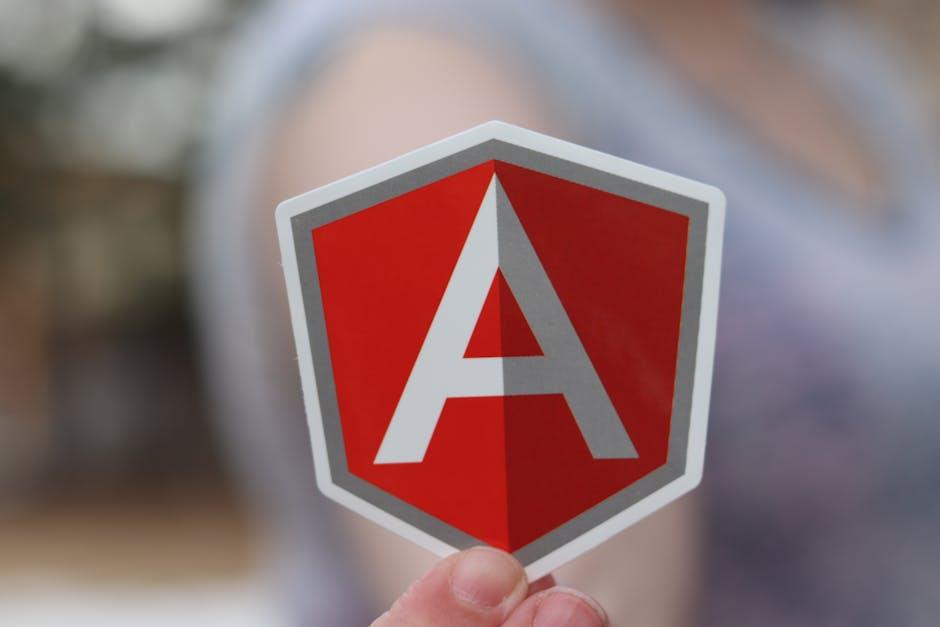Progressive Web Apps vs Native Apps: Where the Web is Heading
As the digital landscape continues to evolve, mobile applications have become a crucial part of our online experience. The surge in mobile usage has led developers and businesses to explore two primary platforms: Progressive Web Apps (PWAs) and Native Apps. But which one is the future? In this article, we will dive deep into the differences between these two technologies, their unique benefits, and where the web is headed in the coming years.
What are Native Apps?
Native apps are applications developed specifically for a single platform, such as iOS or Android. They are built using platform-specific programming languages and tools, which allows them to fully leverage all device features.
Key Characteristics of Native Apps:
- Platform-Specific: Built for iOS (Swift, Objective-C) or Android (Java, Kotlin).
- App Store Distribution: Users must download them from app stores.
- Access to Device Features: Utilize hardware features like GPS, camera, and notifications.
- High Performance: Optimized for mobile device performance, resulting in a smoother experience.
What are Progressive Web Apps?
Progressive Web Apps are web applications that behave like native apps. Built using HTML, CSS, and JavaScript, PWAs are designed to provide a seamless experience across various devices without needing to download from a traditional app store.
Key Characteristics of Progressive Web Apps:
- Cross-Platform: Works on any device with a web browser.
- No Installation Required: Users can access them through a URL and can opt to add them to their home screen.
- Offline Capabilities: Can function offline or with a slow internet connection through Service Workers.
- Automatic Updates: Always serve the latest version without user intervention.
Progressive Web Apps vs Native Apps: A Side-by-Side Comparison
| Feature | Native Apps | Progressive Web Apps |
|---|---|---|
| Development Cost | Higher due to platform-specific coding | Lower, using a single codebase |
| Performance | Optimized for specific devices | Generally slower, but improving with technology |
| User Acquisition | Via app stores | Via web, can be shared through simple URLs |
| Maintenance | Updates are user-initiated | Automatic updates without user action |
| User Experience | Superior due to full access to device capabilities | Good, but limited compared to native |
Benefits of Progressive Web Apps
While both PWAs and Native Apps offer unique advantages, PWAs have garnered significant attention due to their numerous benefits:
- Broader Reach: By nature, PWAs can be accessed on any device with a web browser, increasing user accessibility.
- Cost Efficiency: Developing a single PWA is often more cost-effective than creating multiple native apps for different platforms.
- Improved Engagement: Users can easily share PWAs via URLs, making them more likely to engage and return.
- Reduced Load Times: PWAs can cache assets and data for quicker load times, enhancing user experience.
Case Studies: Success with PWAs
Several big names have successfully adopted PWAs:
- Twitter Lite
- Twitter’s PWA offers fast loading, offline capabilities, and a smaller data footprint, resulting in increased engagement and quicker loading times.
- Alibaba
- Alibaba’s PWA has led to an impressive increase in conversion rates, showcasing the power of engaging web experiences.
Real-World Experiences: Choosing Between PWAs and Native Apps
From personal experience, transitioning to a PWA for our blog significantly improved user retention. Users appreciated the quick load times, ability to bookmark and return without downloading an app, and seamless notifications through their browsers. The instant accessibility and reduced friction for reading content became key benefits that native apps struggled to match.
Future Outlook: Where is the Web Heading?
The demand for mobile solutions will continue to grow, but the method of delivery is shifting. Progressive Web Apps are positioned to bridge the gap between web and mobile, offering an efficient and cost-effective solution for businesses. As technology advances, PWAs will become even more capable, potentially offering performance that rivals that of Native Apps.
Conclusion
The comparison between Progressive Web Apps and Native Apps highlights distinct paths in the evolution of how we interact with digital content. While native apps currently provide high performance and optimal user experience, the rise of PWAs indicates a shift towards more accessible, engaging, and cost-efficient solutions. As developers and businesses navigate these options, understanding the specific needs of the target audience will ultimately determine which path to pursue. As we move forward, embracing the benefits of both may lead to innovative and hybrid solutions benefitting users everywhere.











